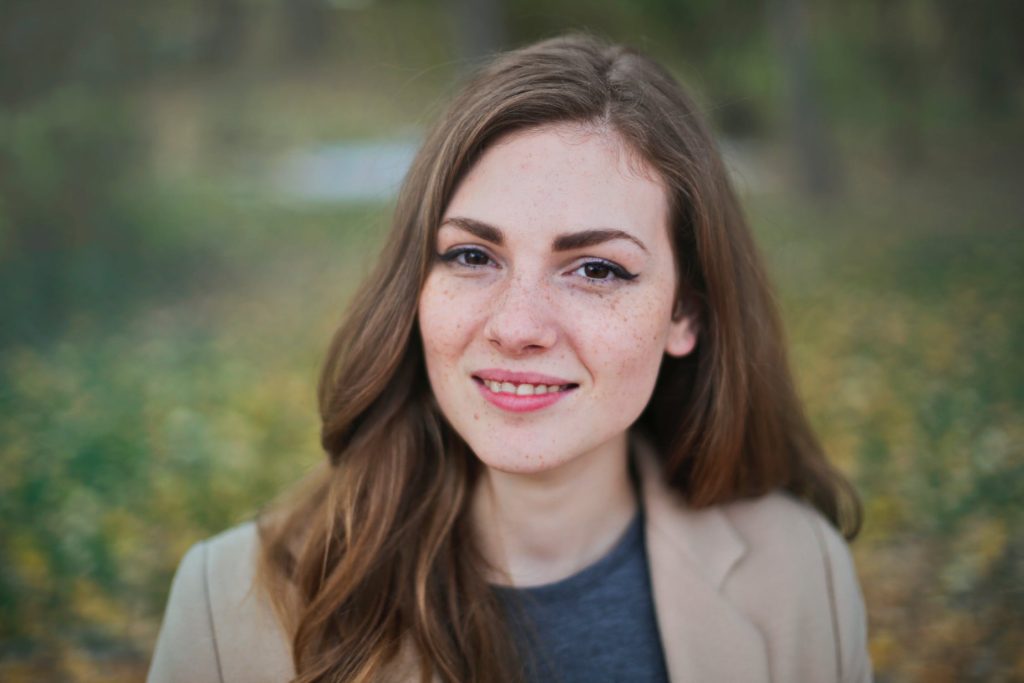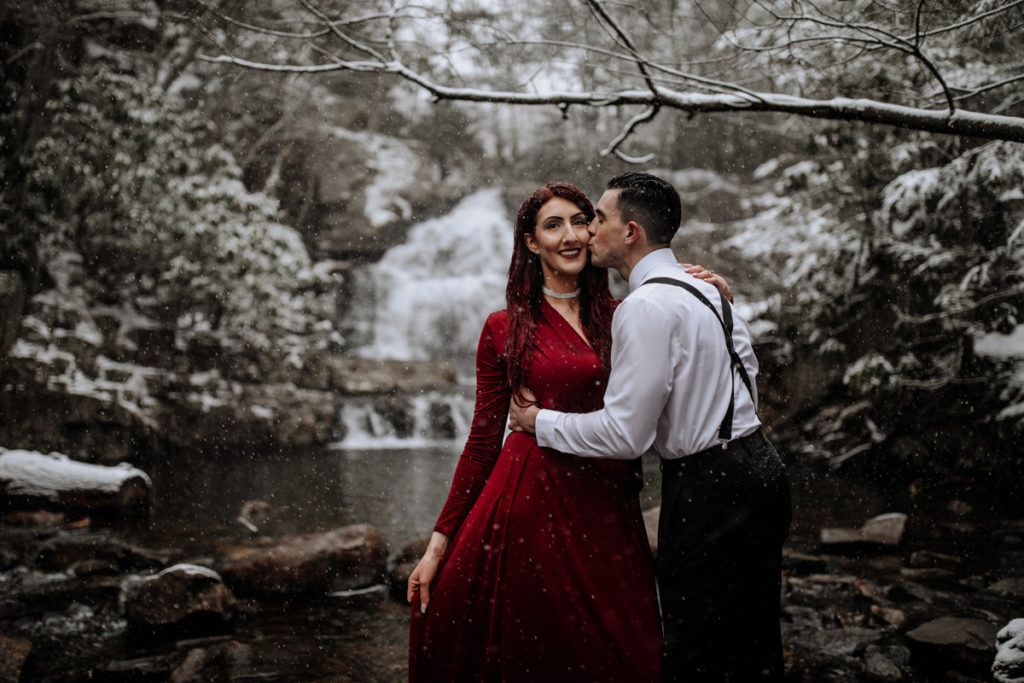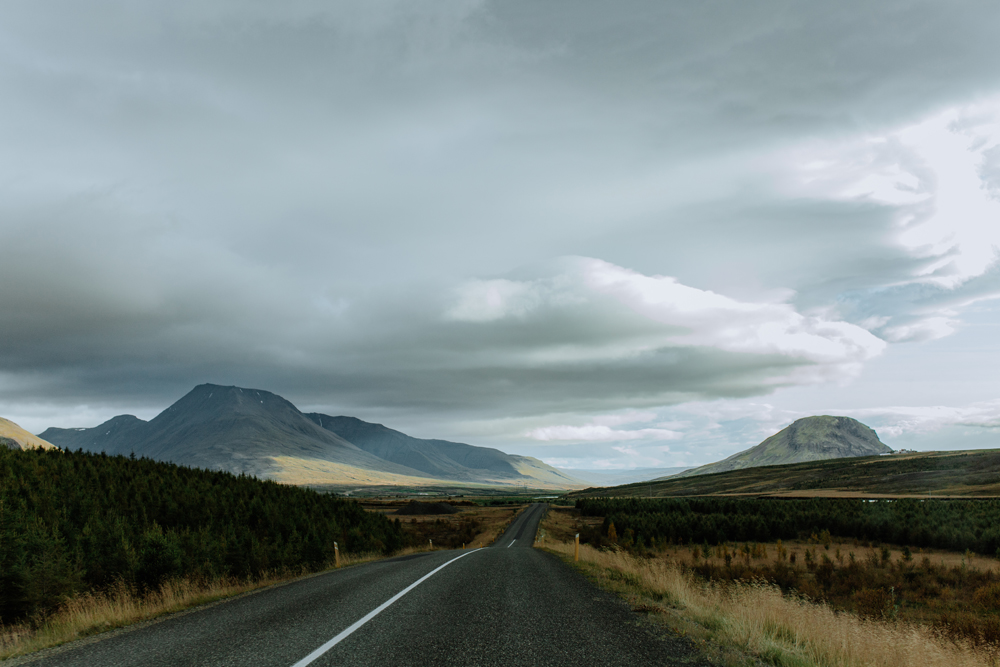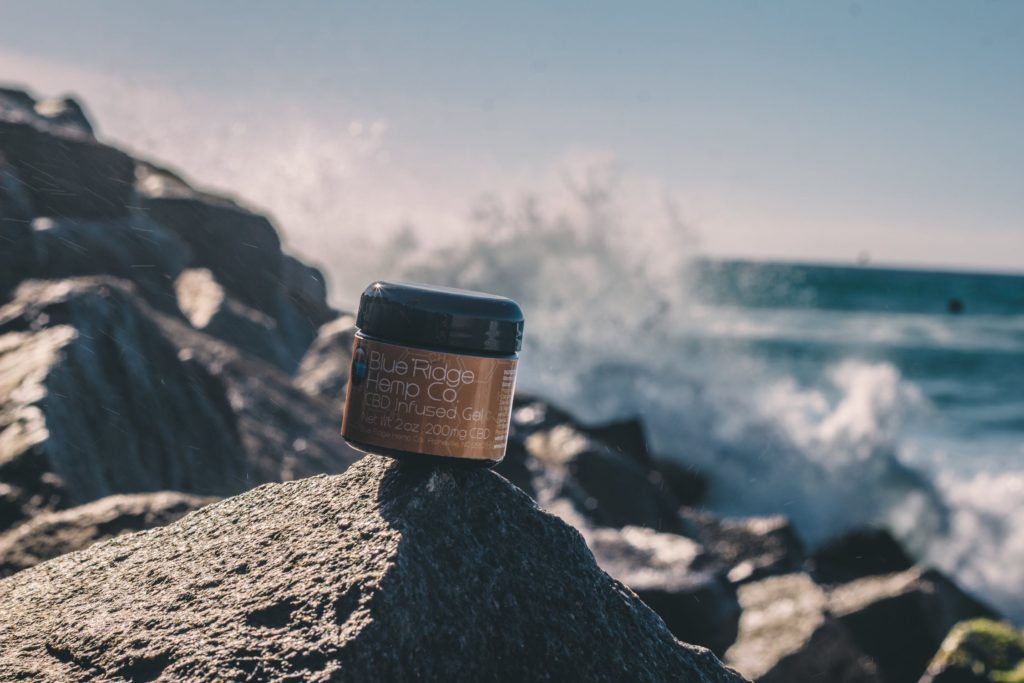Last Updated: February 14th, 2020
On our website, we’ve done some deep dive discussion with a huge amount of photography tips, but we have never stepped back to think about what is most important and highlighted it for our readers.
We came across the question “what’s your best tip for taking a good photo?” online, and it turned out to be something we wanted to talk about in more depth.
Many beginners can get overwhelmed by the amount of information out there about photography.
While it is all very useful stuff, it can be hard to digest.
If your goal is to take a good photograph – pure and simple – we can help you!
Our Best Tip for Taking a Good Photo: Understand the Needs of Your Subject
We chose this tip because it applies to all styles of photography.
While technical knowledge is great, how you use your camera will be dependent on so many factors like the subject, lighting, the environment, and so on. On the more artistic side of photography, there is a lot of room for creativity and your own perspective, that giving some sweeping feedback on how you should compose a shot would end up being more limiting than good.
Creating a good photograph begins before you pick up the camera, compose the shot, and click the shutter button.
We often talk about the importance of planning to help create photography. Sometimes, it’s in simple ways like planning to shoot portraits or landscapes during Golden Hour for the best light of the day. What is required really will depend on what you plan to photograph.
5 Applications to Different Photography Subjects
So…what does it mean to “understand the needs of your subject”?
The best way to cover this is to look at some examples that you might encounter. We’ll look at a few different photography styles and subjects to help show how understanding the needs of your subject will help you get better images.
Application #1: Headshot Portrait Photography
 Headshot photography is normally taken for people to use in a career application. It might be photos of a team of lawyers, so they can update their website. Or, it might be someone who is unemployed and wanting to make a better impression on LinkedIn. In artistic career paths like that of an actor, headshots will also be sent along with a resume to try and get acting gigs.
Headshot photography is normally taken for people to use in a career application. It might be photos of a team of lawyers, so they can update their website. Or, it might be someone who is unemployed and wanting to make a better impression on LinkedIn. In artistic career paths like that of an actor, headshots will also be sent along with a resume to try and get acting gigs.
The need:
- High quality images
- Crisp and clean lighting
- An end product that is professional in appearance
How to fulfill it:
- Use professional quality camera equipment
- Incorporate off camera flash for clarity and control over the light
- Get a good looking backdrop like this one
- Make light touch ups to remove unwanted blemishes like acne and scars
- Provide high resolution digital photo files
Application #2: Couple’s Portrait Photography
 We actively photograph a lot of couples for a wide range of reasons. Most common is to commemorate an engagement. Next up is our “Day After” session – an anniversary type shoot we do after a wedding is over, where the couple will go out, take more photos together, and revisit the wedding day bliss. Outside of this, we sometimes photograph other types of anniversaries (like a 25th wedding anniversary!) and, once in a while, a couple will just want photos “just because.”
We actively photograph a lot of couples for a wide range of reasons. Most common is to commemorate an engagement. Next up is our “Day After” session – an anniversary type shoot we do after a wedding is over, where the couple will go out, take more photos together, and revisit the wedding day bliss. Outside of this, we sometimes photograph other types of anniversaries (like a 25th wedding anniversary!) and, once in a while, a couple will just want photos “just because.”
While the specific need will fluctuate depending on why the couple wants photographs together, there is usually an underlying theme – they want photos together that are high quality representations of where they are in life and love together. They’ll use these photos for personal reasons – whether it be to print out and keep in a photo book, share with family and friends on social media, or sent out in Christmas cards at the end of the year. The list goes on.
The need:
- High quality images to commemorate a relationship milestones
- An accurate reflection of the couple’s personality and how they interact with each other
- Photos “on location” at places with meaning for them
- A photography style and photo editing style they connect with
How to fulfill it:
- Use quality camera equipment
- Understand the special reason (engagement, anniversary, etc.) for the pictures
- Get to know the couple you are photographing – meet in person beforehand, talk on the phone, and make small talk throughout the shoot
- Help your couple to select a great location (or series of locations) for their shoot that reflects their personalities and the things they enjoy
- Get comfortable with providing posing instructions
- Take it up a notch by utilizing candid posing prompts to make this process much more natural and authentic
- Use photo editing presets like Signature Edit’s Genesis Pack to help get more consistency in post processing
Application #3: Wedding Photography
 We photograph weddings for a living. As a result, we’ve been heavily exposed to the needs of clients and what is actually required by photographers to do the job successfully. In practice, it is the most challenging area of photograph to work in because of a constantly evolving environment, rapidly changing lighting, the requirement to pull on a large array of photography expertise, and it’s a bit stressful at times making sure everyone is happy throughout the day!
We photograph weddings for a living. As a result, we’ve been heavily exposed to the needs of clients and what is actually required by photographers to do the job successfully. In practice, it is the most challenging area of photograph to work in because of a constantly evolving environment, rapidly changing lighting, the requirement to pull on a large array of photography expertise, and it’s a bit stressful at times making sure everyone is happy throughout the day!
Generally, wedding photographers are booked at least 6 months in advanced. More often, it’s 1-2 years out from their wedding day. So the relationship begins way before the actual photography starts. Maintaining a great relationship leading up to the day will help you to nail the wedding photos, and keeping that great connection after the fact will solidify you as a good wedding photographer.
While every couple is a little different, there are some common things we see again-and-again.
The need:
- High quality images to showcase the wedding (one of the most significant days of their lives!)
- Photos that will serve as memories years from now – they should stand the test of time
- A photographer who is reliable and can be trusted to show up and make great work
- Some experience to help the wedding day run smoother
- A calming presence that can help work through any of the challenges and stressors that come along leading up to and during the big day
- A photography style that is consistent in tone and tells a story
How to fulfill it:
- Use the best quality camera, lenses, and flashes as you can afford – while you may be able to get away with cheaper gear in other photography situations, weddings require the best stuff because these moments can never be recreated
- Shoot in RAW file format and export images to high resolution JPEG files
- Sell physical prints and albums so the photos can be retained in a non-digital medium
- Build a reputation by providing a great experience and quality photos to clients, and ask them to review you online
- Be available to talk (via phone, email, or in person) if your client has any questions or concerns
- Help your clients put together a wedding day timeline with photography in mind
- When the big day comes, relax a little bit – it’s okay to be anxious, even stressed out at times, but make sure to never let this be seen by your clients
- Use photo editing presets and refine them to create photo edits that work for you and your clients
- Remember to photograph all the things both big and small – exterior shots of the venues, macro shots of rings and jewelry, portraits of the couple, their families, their bridal party, and candid moments throughout the day!
Application #4: Landscape Photography
 Shifting away from photographing people, landscape photography still has “needs” to be fulfilled. More often, these are going to be personal needs where you want to create a certain image, and mapping out how you will make it happen is just as important as it is for those who need to fulfill images for paying clients.
Shifting away from photographing people, landscape photography still has “needs” to be fulfilled. More often, these are going to be personal needs where you want to create a certain image, and mapping out how you will make it happen is just as important as it is for those who need to fulfill images for paying clients.
In this case, your subject is going to be the environment.
It might be a local location, or maybe you are traveling to a magical place like Iceland, which is ready to be photographed at a moment’s notice.
The need:
- Quality images to be used for personal and/or professional purposes
- Photos that document the look of a location within your chosen photographic art style
- Being at the right place, at the right time
- A photographer who is well prepared for silence to get the best shot
How to fulfill it:
- Purchase camera gear that goes with the image quality you are looking to get
- Use the appropriate lens focal length to effectively capture the scale of the landscape you are photographing
- Plan in advance for lighting, weather, and how long it will take to get to the ideal photography spot
- Be willing to wait around for a great shot – it might be for the light to change just a little bit, or for a patch of rain and snow to move away
- Print your best landscape shots on canvas and use it as wall art in your home or office
Application #5: Product Photography
 Often, product photography involves taking commercial pictures of a product someone else has created. As a result, you end up photographing a non-human subject, but still have a number of expectations placed on you by a person (or group of them).
Often, product photography involves taking commercial pictures of a product someone else has created. As a result, you end up photographing a non-human subject, but still have a number of expectations placed on you by a person (or group of them).
This is the kind of photography subject that may be relatively easy to capture, but harder to nail in a way that will really “wow” the human clients behind it. Knowing how to capture these images effectively will make it a little easier.
The need:
- High quality photos that can be used in product listings, advertisements, etc.
- Photos that make even a dull product really appealing (ie: makes it sellable)
- Effective control of light to showcase the product with the best look possible
- An accurate reflection of what the product looks like
How to fulfill it:
- Use professional quality camera equipment
- Incorporate flash or select a good time to take photos of the product outdoors with natural light
- Be sure the background is simple and makes sense for the product being photographed
- Use a wide aperture to separate the product from the background
- Limit your post processing to minor touch ups
- Ask for feedback from the client – consider providing an online proofing gallery like Pixieset for the client to review, select favorites, and request a re-shoot if needed
Conclusion
Understanding the needs of your subject is, hands down, the photography tip everyone needs to know and apply. By doing this, you’ll be sure to blow away the people checking out your photos.
This is something we have learned after many years of photography experience – both when it was a hobby, and nowadays as professional photographers. In practice, it’s not too hard to apply – but some photographers will need to take a step back and really think about what the goals are of their photo shoot.
Whether you just want to take photos for your own personal use like we’ve done taking photos of waterfalls to be printed on canvases and hung up around the house, or if you’re selling a photography service and need to really “WOW” your clients – we hope this tip will get you to start to think about what your subject really needs.